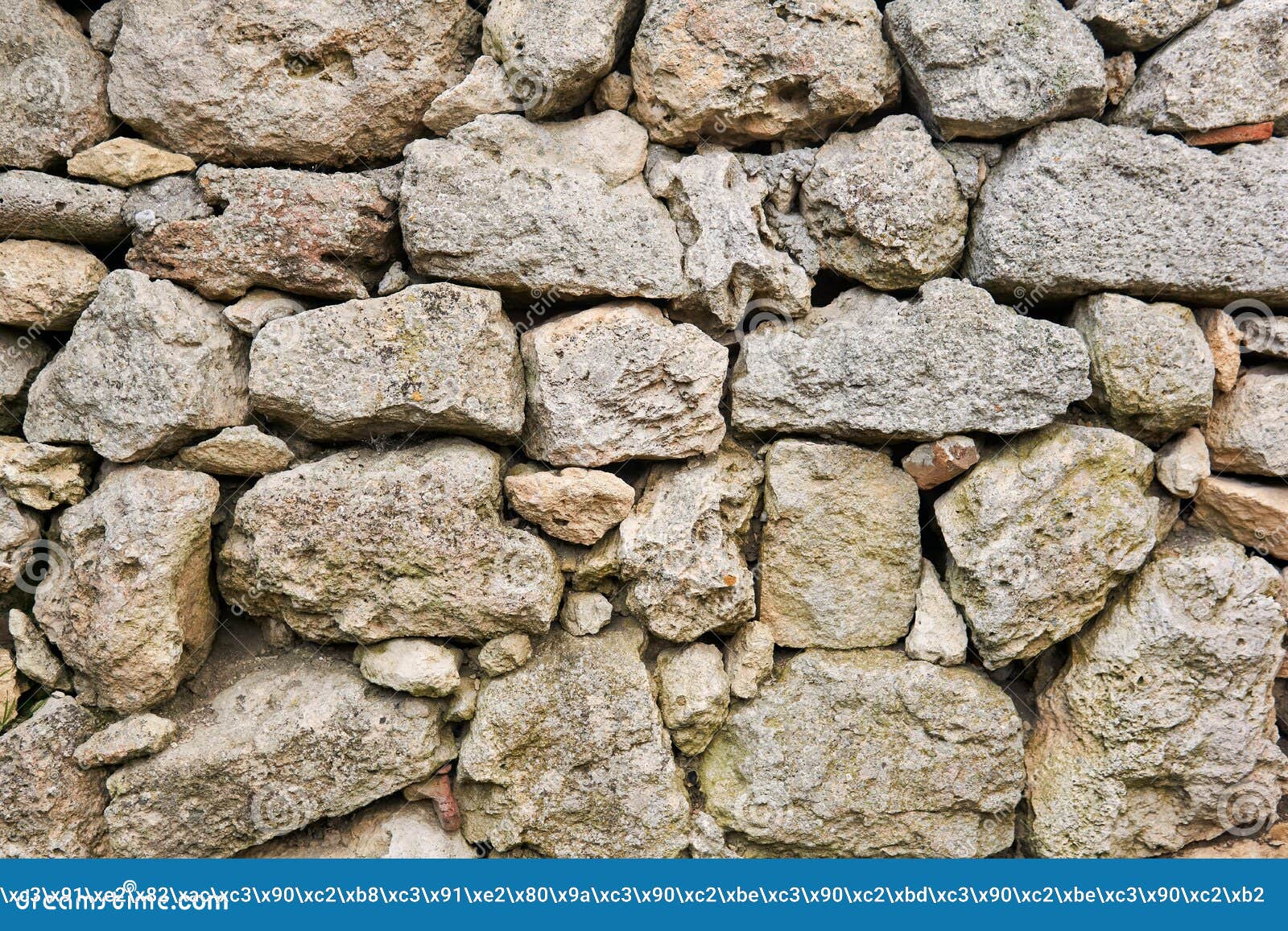Dry Stone Walls and native Geology in Typically the Forest of Bowland, England

If one looks carefully whilst passing through the valleys and over typically the hills of typically the Forest of Bowland, nearby the Ribble Valley in Lancashire, Britain, there can be observed unique changes in the appearance involving the dry natural stone walls that criss cross the landscape. Both the coloring and texture of the stone used to be able to build the wall surfaces will suddenly transform from an easy dark grey or perhaps brown with reddish colored iron flecks in order to a lumpy light source grey or off of white... and the moment later back again. However, design of the construction will change along using the material utilized. More often than not in this specific area you are usually witnessing a marker the geology is changing beneath the feet. For the reason that dried stone wallers will, more often as compared to not, utilize the just about all locally available rock to the region they construct throughout.
In the circumstance of The Woodland of Bowland the particular dark grey/brown stone is the widespread Millstone Grit involving the area. https://squareblogs.net/atticbail70/dry-up-stone-walling-how-to-help-make-a-dry-rock-wall is a fine-grained sandstone which will be much utilized in path construction and also dry stone walling. Typically the paler lumpier rock walls contain Carboniferous Limestone which operates in seams through the dominant Millstone Grit, popping upward occasionally in increased areas usually in which durable Limestone knoll will expose its inner geological abnormality.
Grit stone is usually relatively an easy task to operate with, shaping using a hammer to find the perfect fit. Therefore the walls will be more even and smooth-faced. It is consequently the preferred natural stone of the local dry stone waller when he can create the most aesthetically pleasing and tight-faced wall membrane with the minimum of effort. Alternatively the limestone is definitely very hard and even resistant to hammer blows as effectively as being misshapen and coming in smaller lumps. This specific makes the walls hard to get tight and the work with of large by means of stones which join the two attributes of the walls together is rarely seen. Nonetheless, especially towards the untrained eyesight, the limestone wall space are not any less appealing and indeed most pleasant conjunction with the wonderful scenery, because they are brighter in colour and the short distance makes their comparatively unequal and guppy surface inconsequential.
So, in case you have the good fortune to end up being out rambling, cycling or even driving a car through this beautiful and ancient portion of Lancashire then spend some time to stop and even admire the subtle within local geology happening beneath your current feet as outlined by the historical craft of dry out stone walling.

